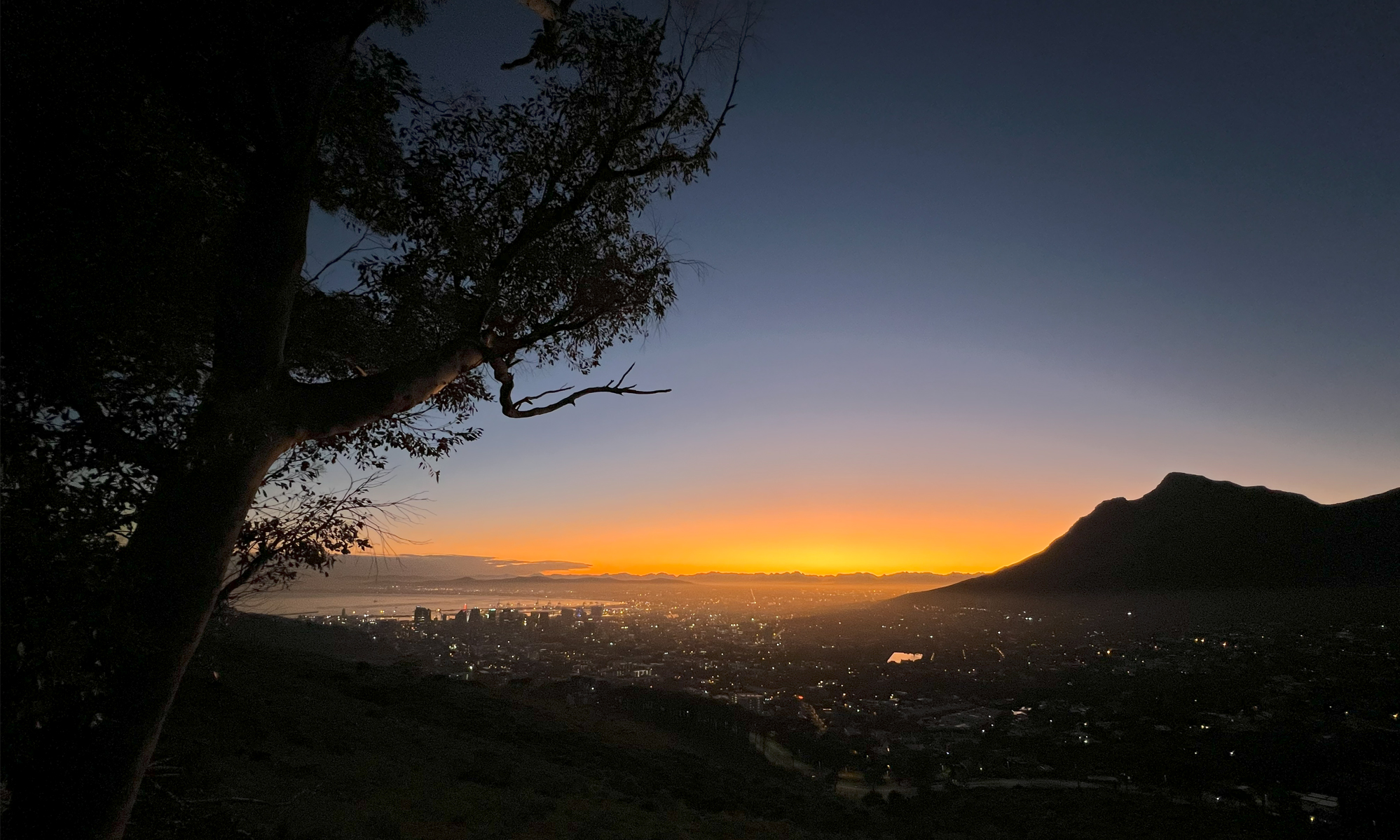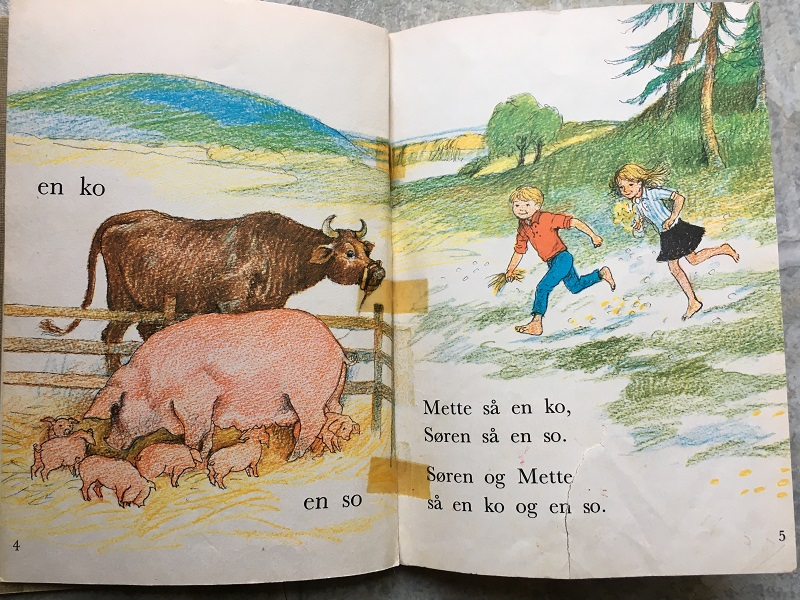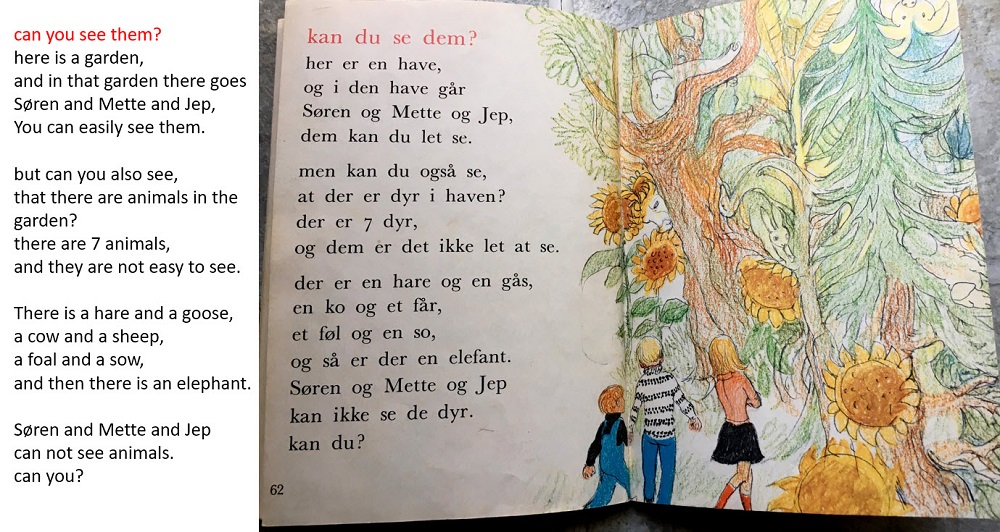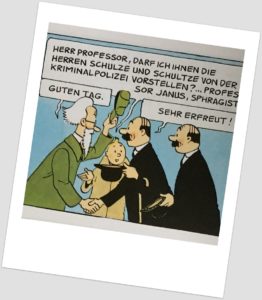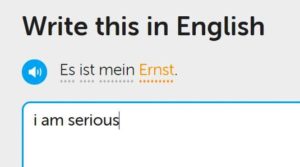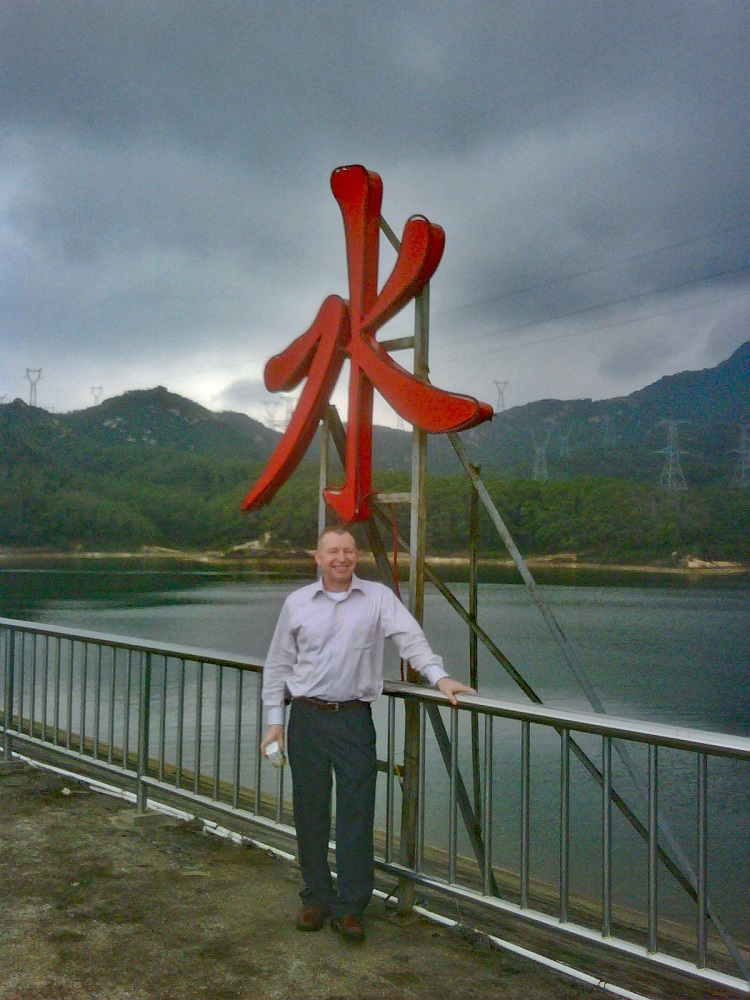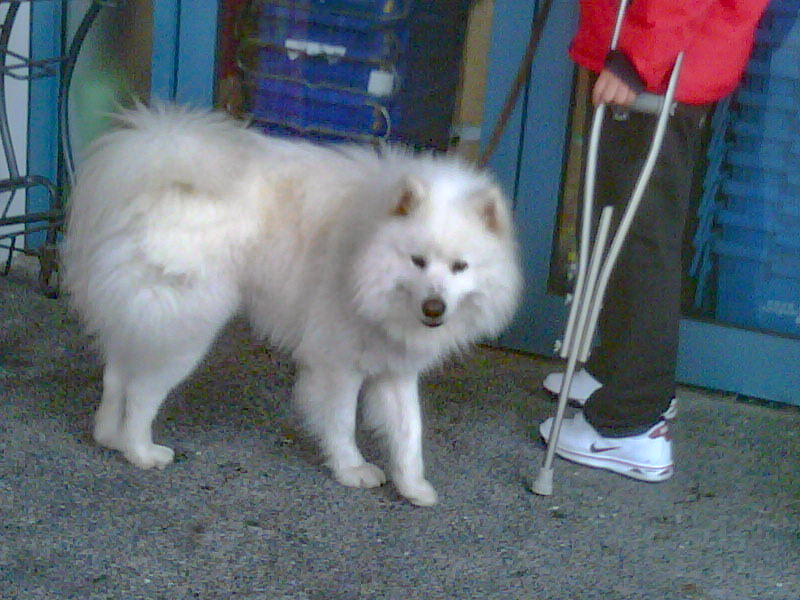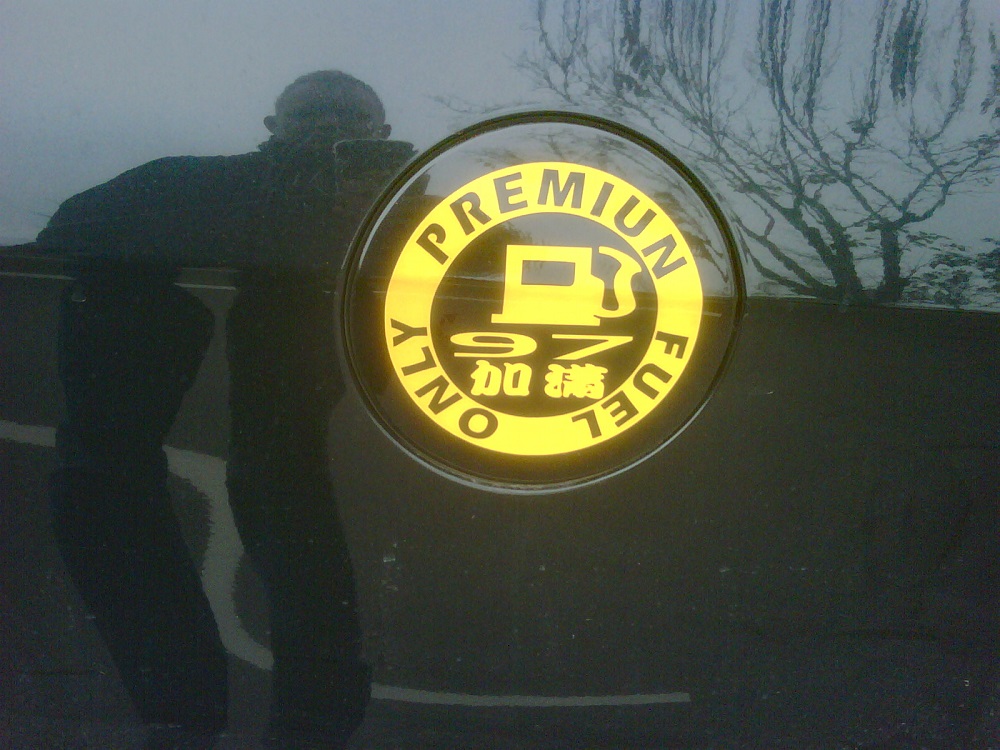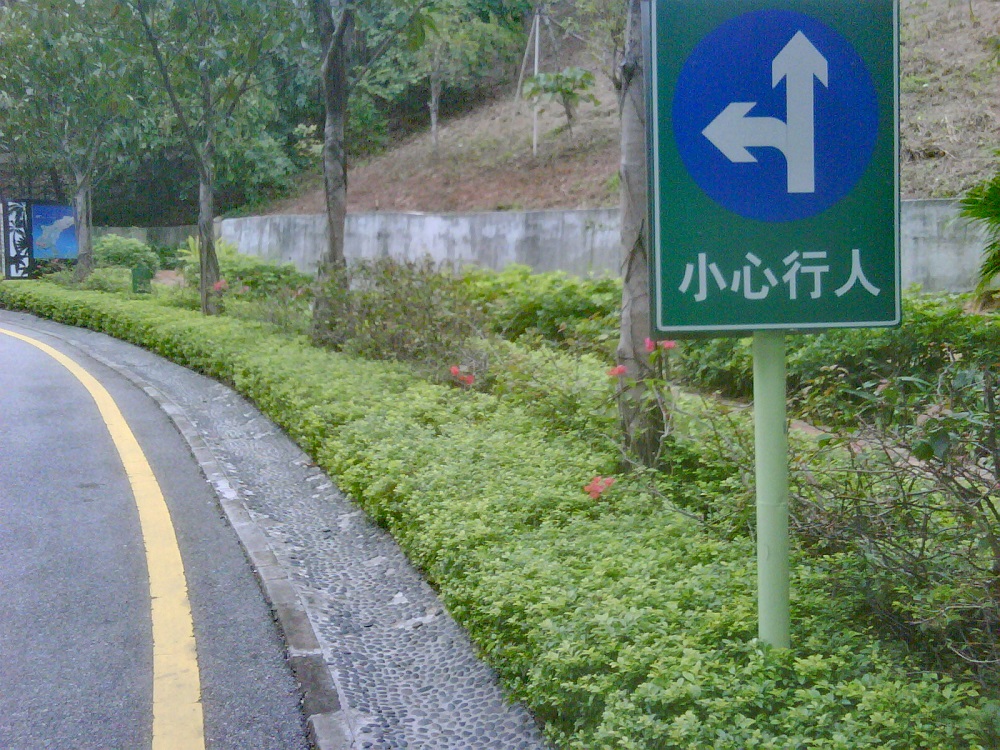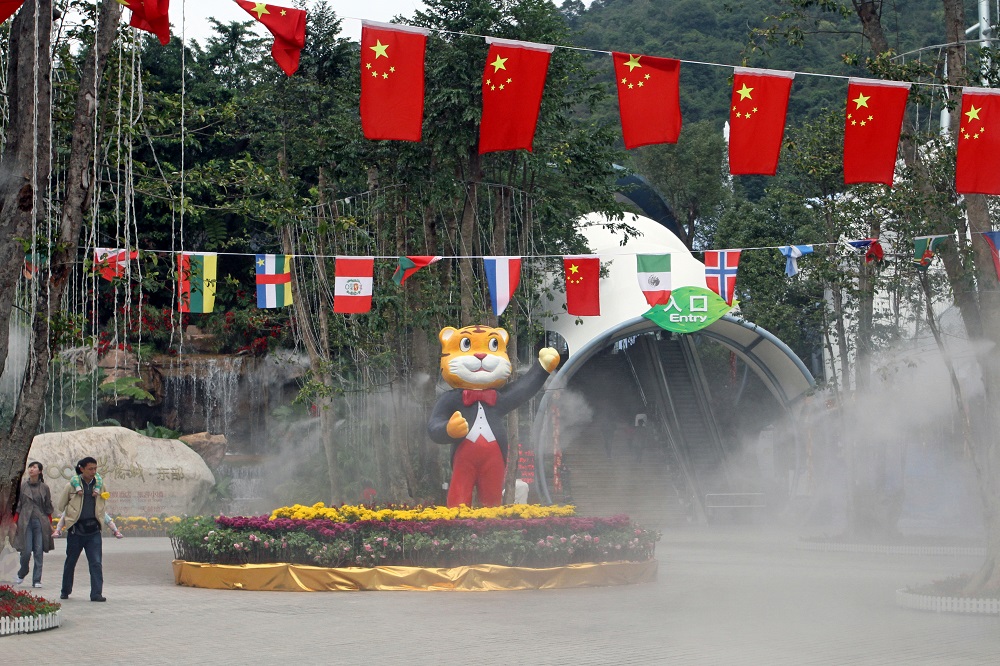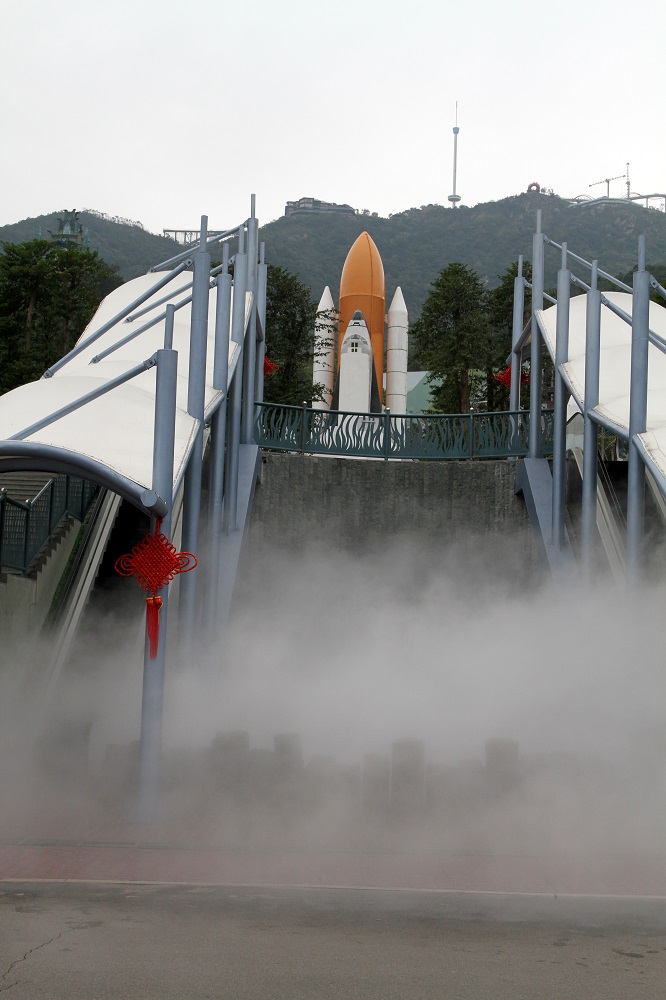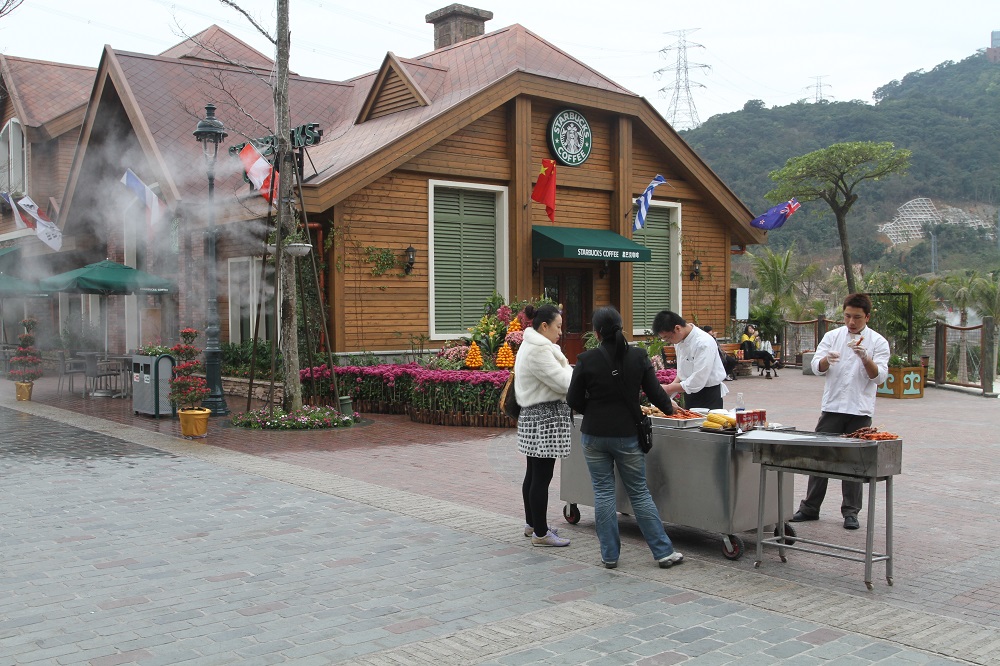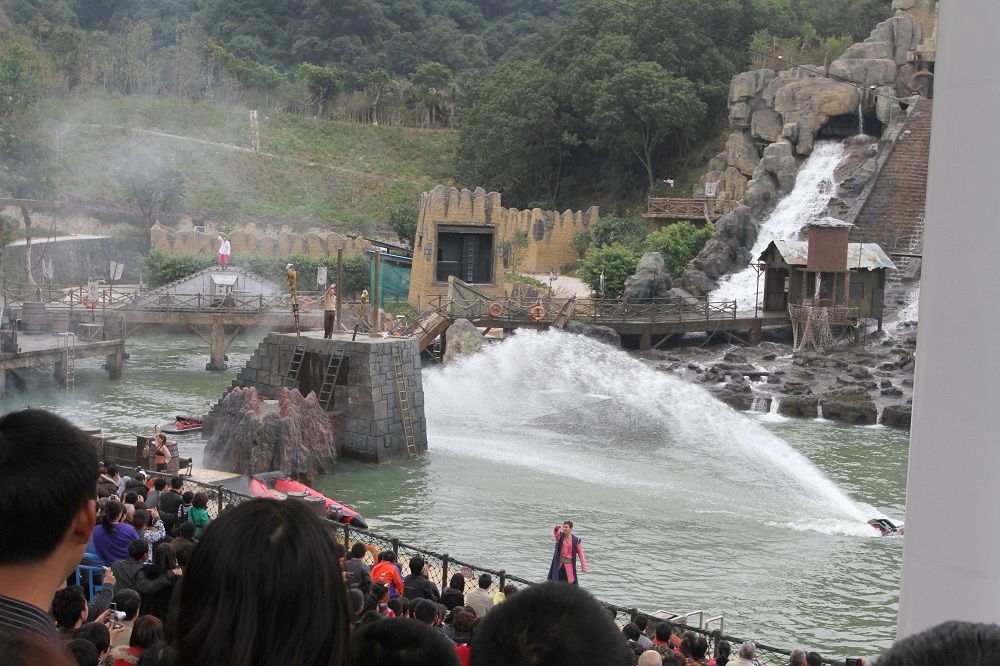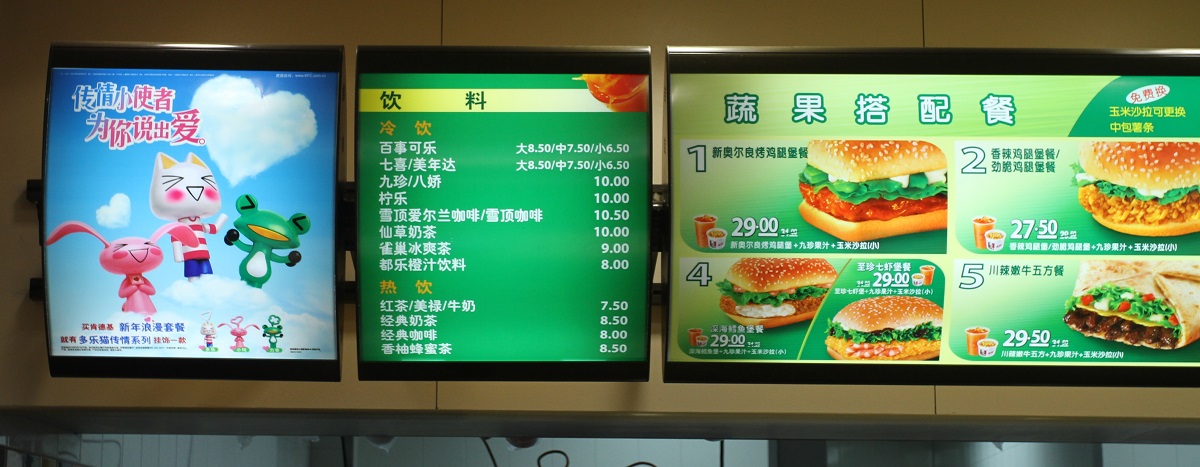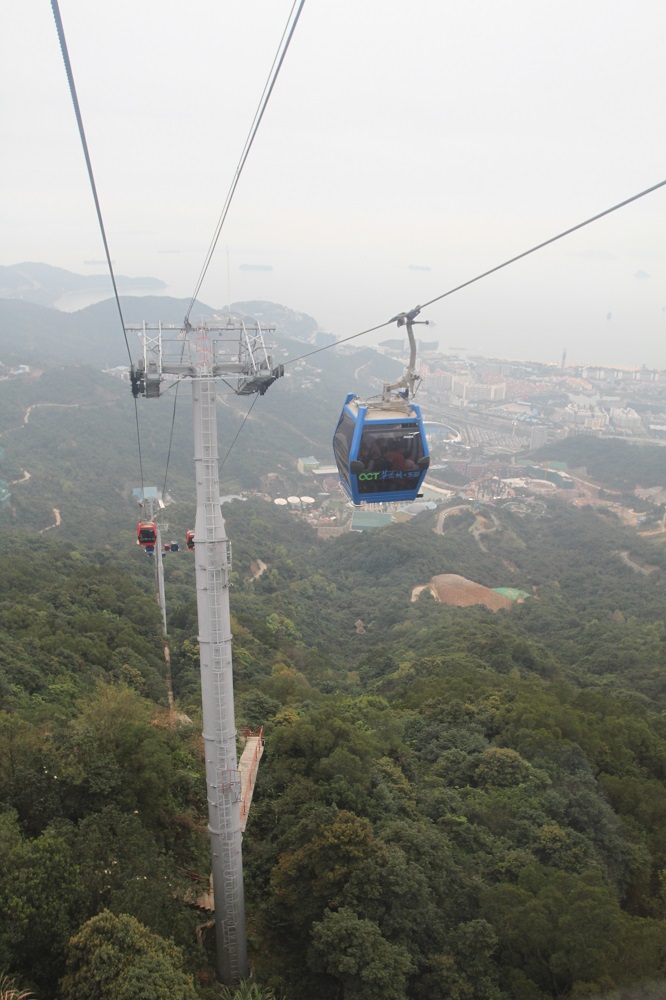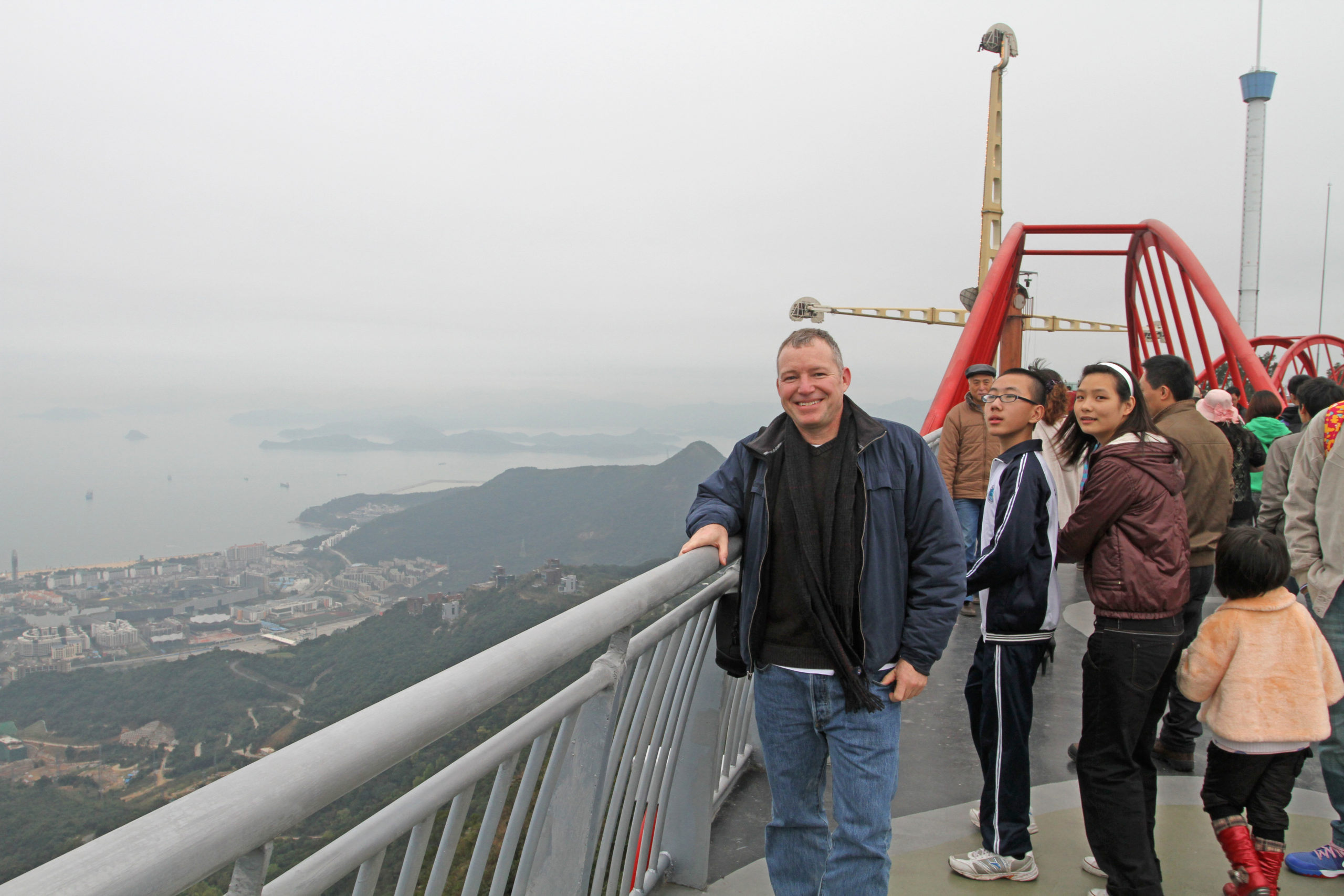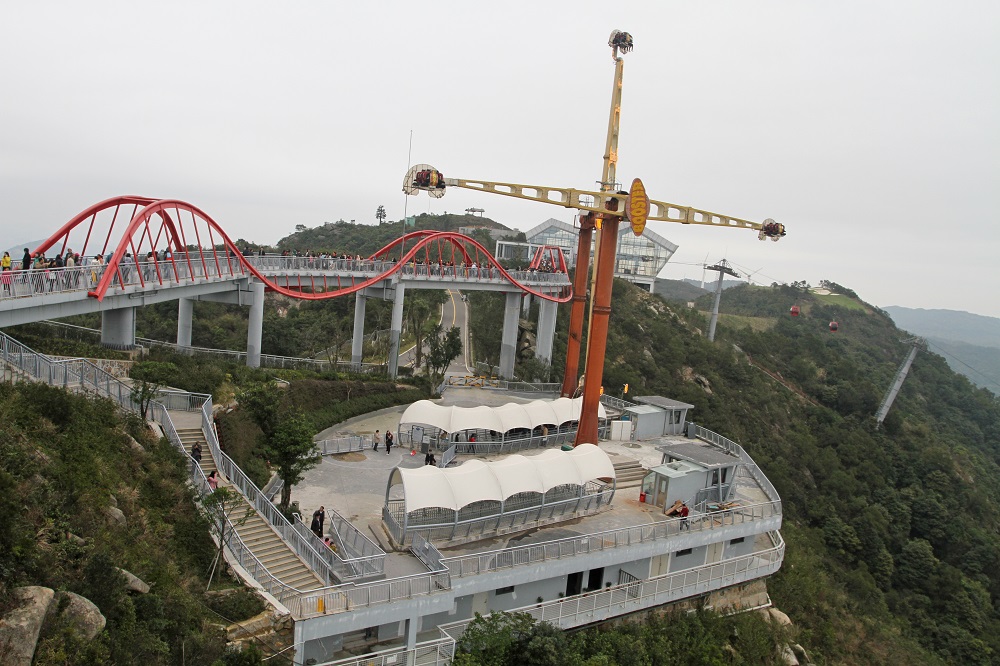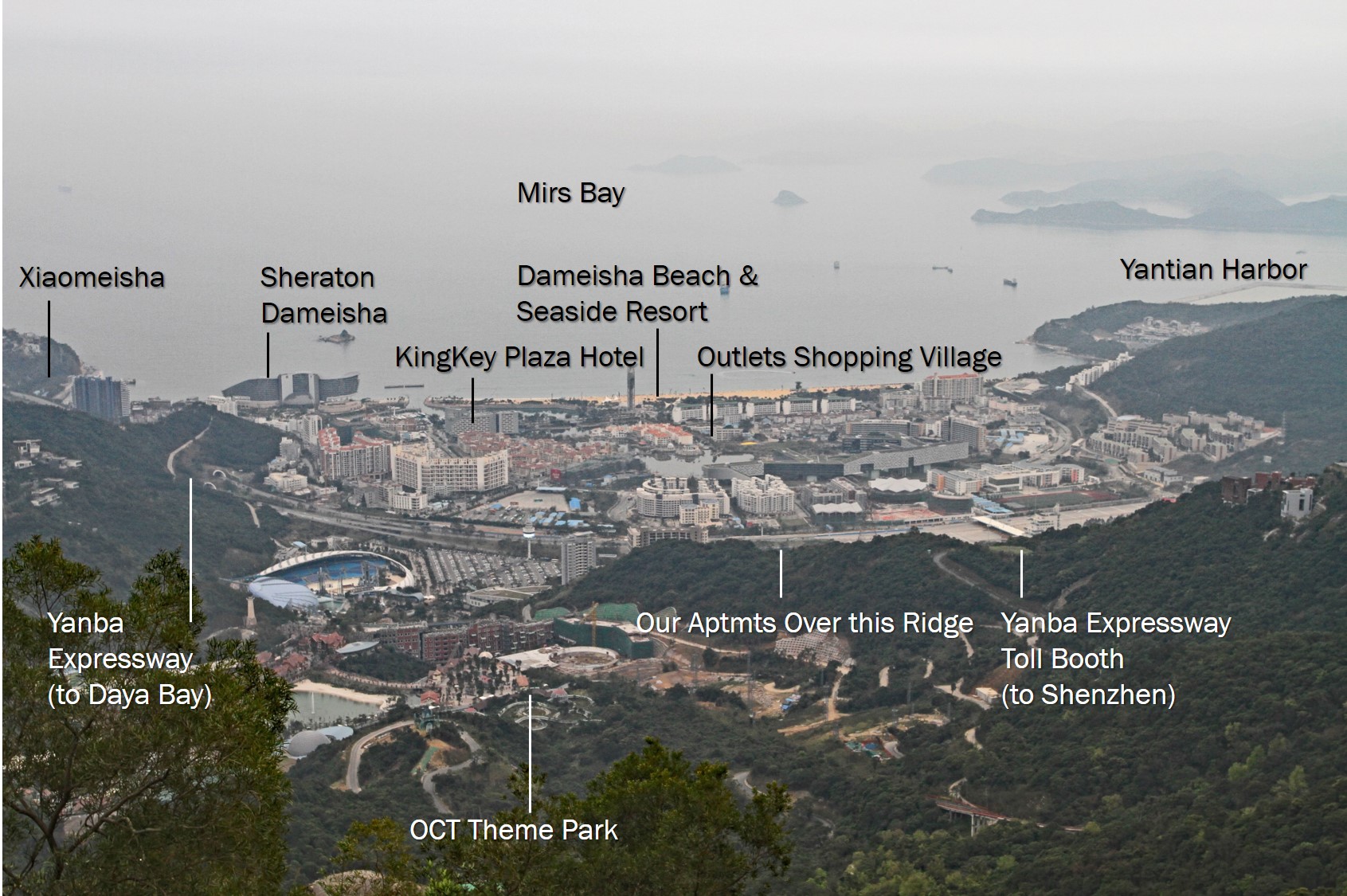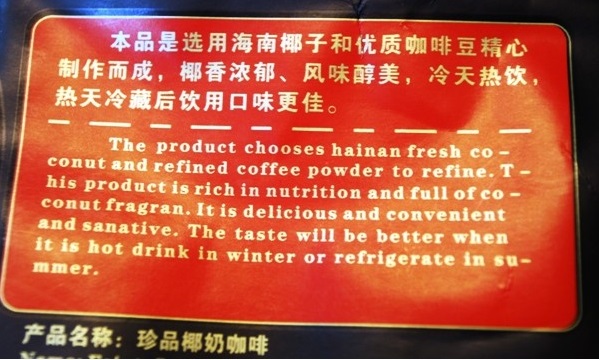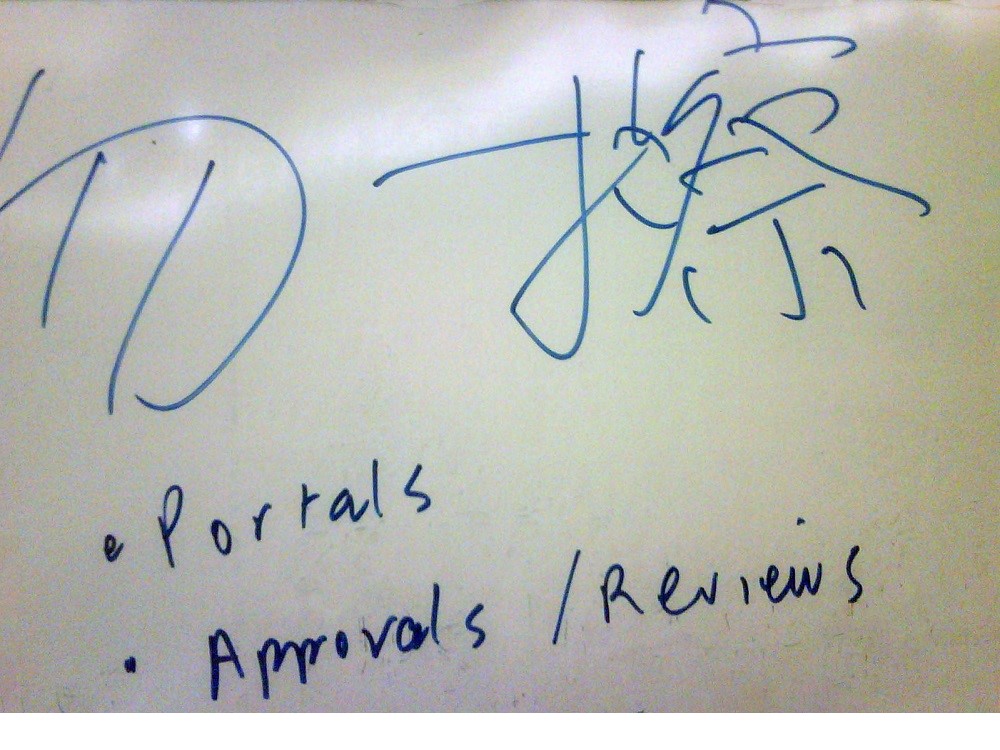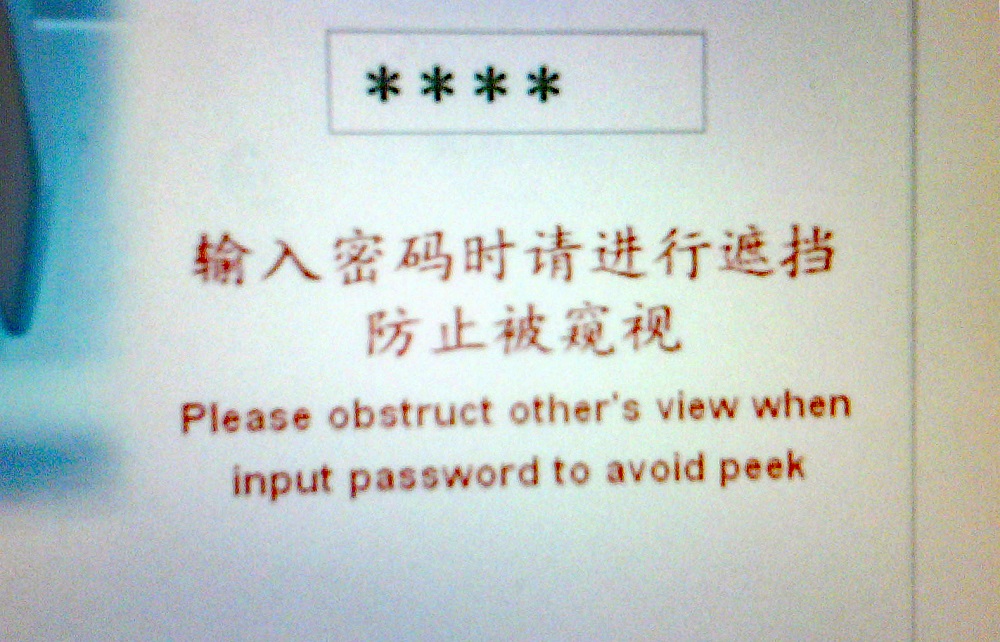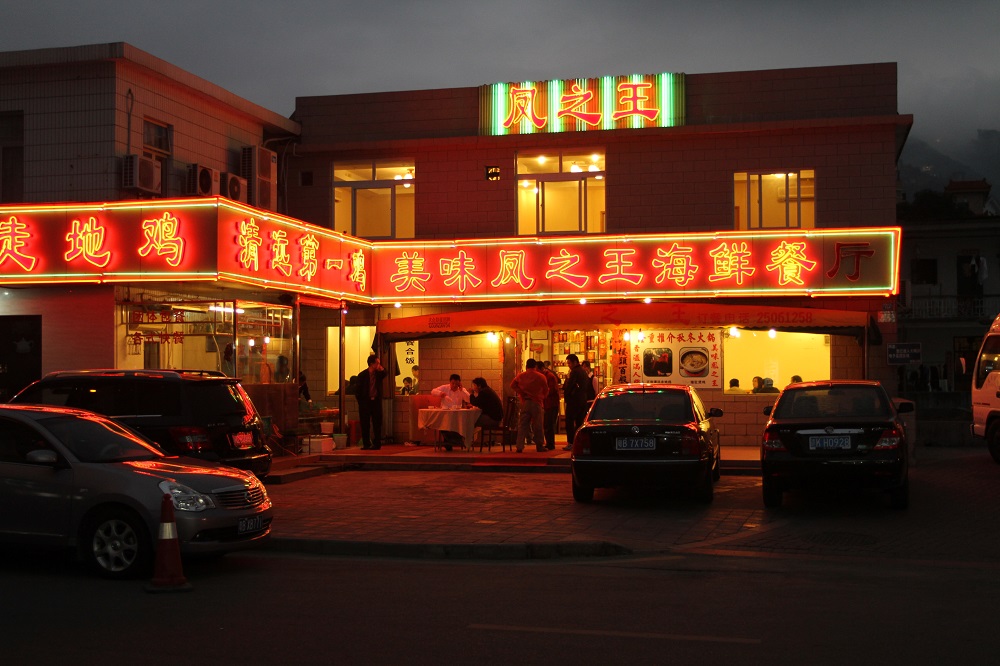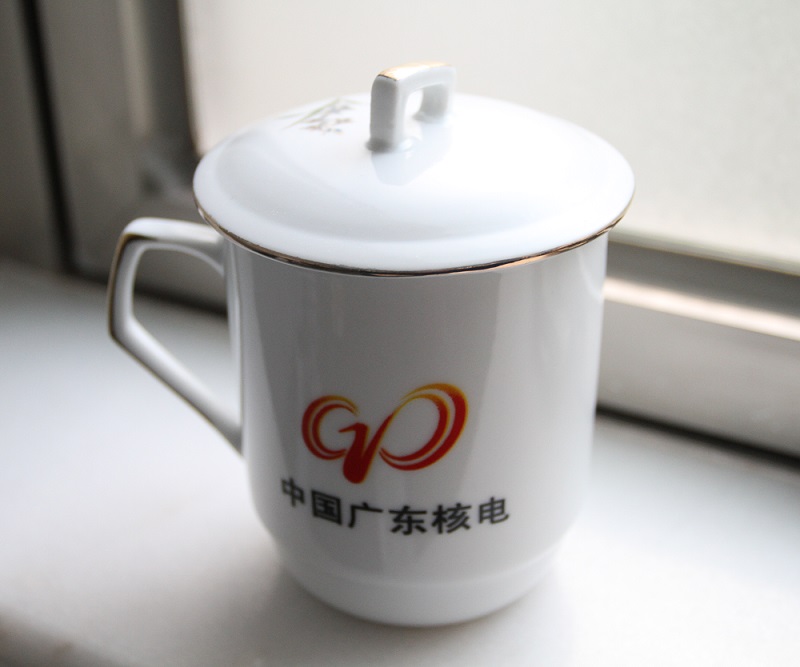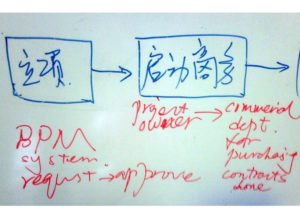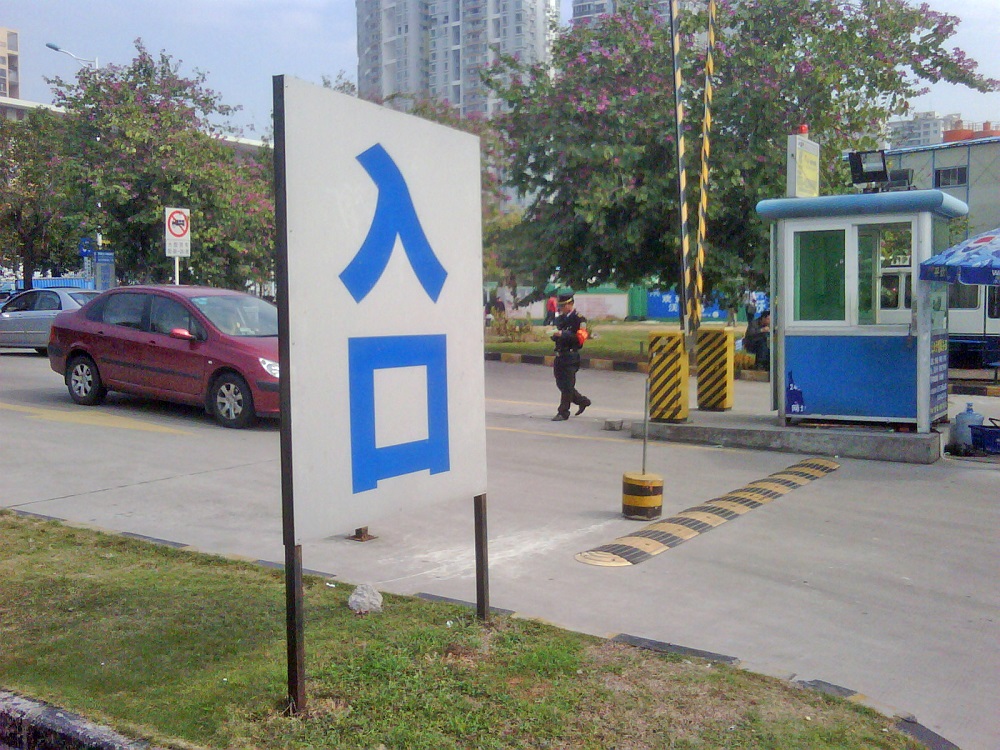It was rainy this morning, and cleared up later. I don’t mind the rain at all. One of Seattle’s monikers is Rain City, after all. (For a while there was Jet City, while Boeing was still headquartered here, and we have Emerald City for tourists, a better one than Rain City, I’m sure).
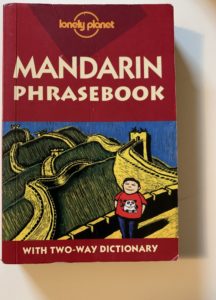 It was a busy day, but not too hectic. I bought a Mandarin phrasebook (the inevitable panda on the little guy’s shirt), a Hong Kong book, and a Chinese character study book. Sounds like I’m serious about learning some Chines, but all I hope for is to make a start with, say 200 or so characters !
It was a busy day, but not too hectic. I bought a Mandarin phrasebook (the inevitable panda on the little guy’s shirt), a Hong Kong book, and a Chinese character study book. Sounds like I’m serious about learning some Chines, but all I hope for is to make a start with, say 200 or so characters !
My passport and multiple-entry visa will arrive tomorrow (the first visa only allowed two entries, and I have used both). I also went ahead today and applied for an ‘enhanced’ drivers license that can be used to cross the border into Canada and Mexico by car, ferry or rail (or foot, I suppose) – just in case I had to send in my passport, and then want to go up to Vancouver for the weekend. I was allowed to smile, see? : ) which surprised me because I thought smiling distorts the biometric data gleaned from one’s face (lines between the eyes, nose and mouth) on the picture.
Tonight my friends & I went to a nice neighborhood bar for cocktails, beers and pub food. It was wonderful – it always is.


